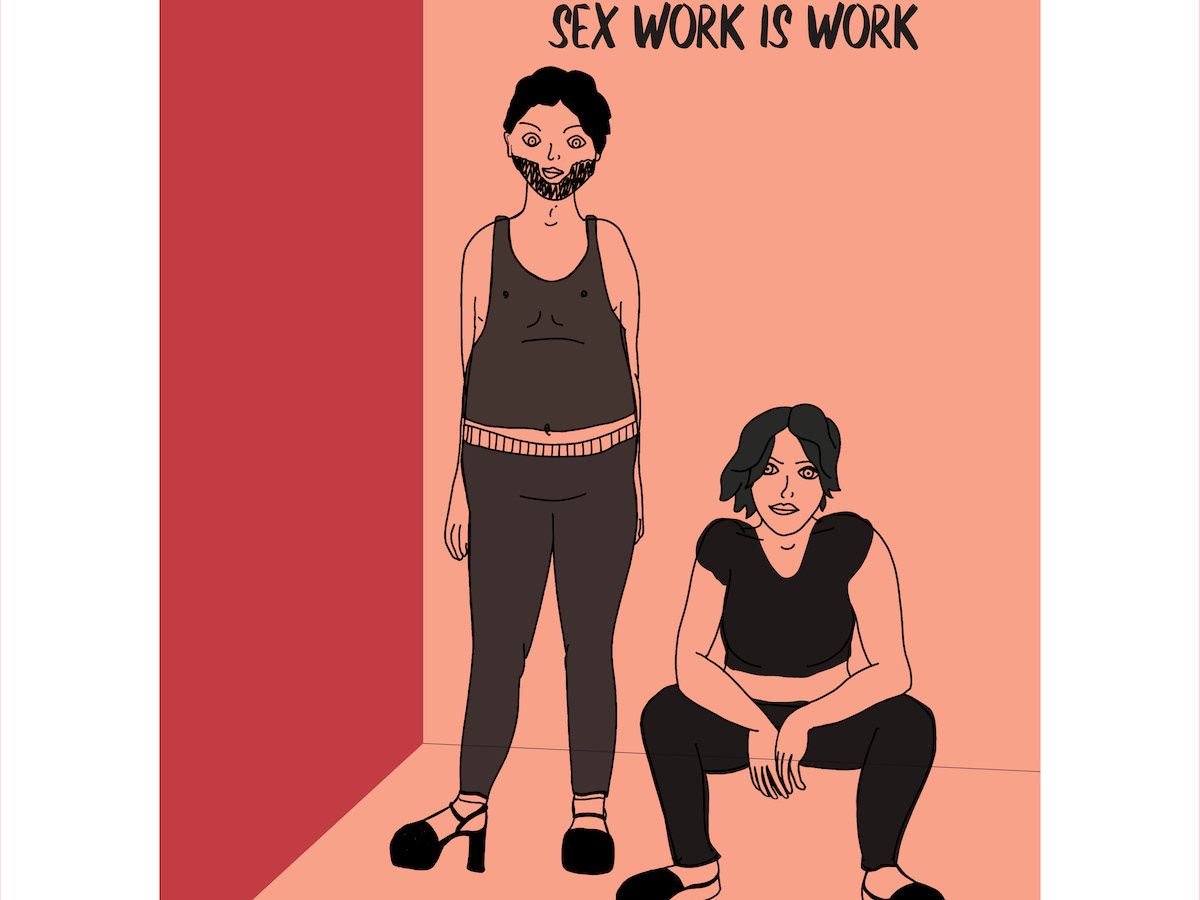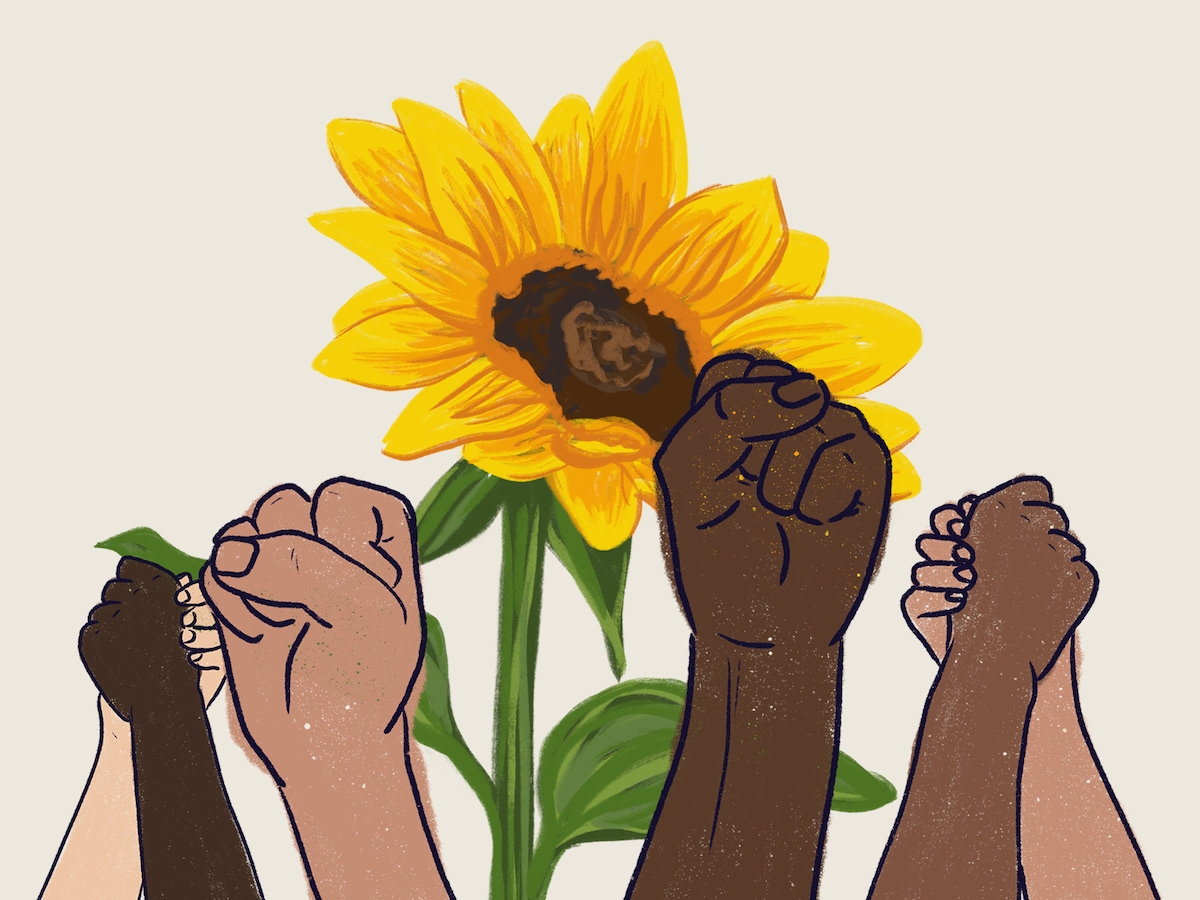This summer it is widely expected that the Supreme Court will issue a ruling on the Mississippi 15-week abortion ban that will overturn almost 50 years of settled abortion law precedent.
This is in spite of recent Gallup polls showing nearly 80% of the United States supports abortion in all or most cases. In the same poll, 63% of the U.S. wanted the Supreme Court’s precedent in Roe v. Wade upheld.
If—or more starkly put, when—the new conservative supermajority now on the court thanks to Donald Trump tears up Roe v. Wade, it will be acting in direct opposition to the prevailing views of the majority of the country.
This is not the first time that the court has done this. By its very nature, the Supreme Court is inherently deferential to a conservative and traditionalist reading of the Constitution and legal jurisprudence.
There is already an inherent conservatism when the Supreme Court references its own decisions from the past to determine how to rule on contemporary issues. But perhaps even more consequential is the reactionary right wing of the court who unite under the banner known as originalism.
In Justice Amy Coney Barrett’s own words, she believes that the “constitutional text means what it did at the time it was ratified and that this original public meaning is authoritative.”
Proponents of this philosophy argue that this is meant to restrain interpretations of the Constitution and readings of the law that further a judge’s own partiality or preferences. This is ironic given that the originalists themselves have overturned long-settled legal precedent when it suited them, arguing that these instances contradicted the original intent of the Constitution. Interesting that they were able to so intimately get into the minds of long-dead men.
There is also the complication that the Constitution is riddled with ambiguities—and was written by white men who enslaved human beings, disallowed women the right to vote (much less hold political office), committed genocide against the Indigenous people of this continent and furnished themselves as a very wealthy and exclusionary minority ruling over the majority.
One could also point out that human beings had not even harnessed the power of electricity yet, so how could one argue that the Constitution, in its original form, considered all of the important issues that would arise in the centuries to follow it?
Of course, hypocrisy and flawed logic are not onerous concerns for the reactionary right. One could be forgiven for feeling a bit of whiplash from watching former Senate Majority Leader Mitch McConnell block then-President Barack Obama’s nominee Merrick Garland to the Supreme Court—invoking grandiose platitudes to democracy and claiming the people should decide since it was an election year—only to rush through Trump’s third nominee, Barrett, during an even shorter window of time during another presidential election year.
It seems that the gloves will come off and these petulant power brokers will do whatever it takes to get their way, precedent be damned. This on its own should be distressing enough. It is absolutely terrifying that the institution entrusted with decisions that impact millions of lives is dominated by these kinds of ideas and actors. Unfortunately, it gets worse.
1857’s Dred Scott v. Sanford decision blocked citizenship rights for Black people in the U.S. and invalidated Congress’ authority to ban enslavement in the new territories of the time. The Supreme Court was instrumental in overturning the laws that Congress passed during Reconstruction to grant voting rights and citizenship to Black people who had recently been freed from brutal enslavement. The court tacitly supported white people in the South as they terrorized and disenfranchised Black voters.
In 1896’s Plessy v. Ferguson ruling, the court enshrined the separate-but-equal doctrine of Jim Crow into legal statute, thus preserving the racial caste system for decades to come. The court backed all of the white supremacist and imperialist expansionism of Manifest Destiny across the western edge of the continent—and even beyond when the U.S. invaded Puerto Rico, the Philippines and Guam—and gave the green light to deprive the residents of these new U.S. acquisitions of any constitutional rights.
Then, during World War II, the Supreme Court upheld the incarceration and internment of 120,000 Japanese Americans in violation of their due process.
There is also the infamous Citizens United ruling which essentially found that money is protected as political speech. This court-sanctioned new wave of legal dark money opened the floodgates for the further subversion of democracy, and allowed wealth inequality to soar ever higher, with no transparency or checks and balances on the power and reach of the wealthy and powerful.
This is not an anomaly, as The Washington Post journalist David A. Love recently wrote. He argued the court has historically served to undermine the foundational democratic value of political equality through its deference to various laws that have harmed “racial, religious or ideological minorities” and through its protection of the interests of the wealthy.
“For most of its existence, the court has not been a moderate, apolitical body, but rather has oppressed marginalized groups and protected white male landowners, the group long considered ideal political citizens, who wrote the Constitution, and for whom the Constitution was written,” Love wrote.
Even the 1954 landmark progressive victory for the Civil Rights Movement, Brown v. Board of Education—which ended racial segregation in schools—has been tied to ambitions to bolster U.S. influence and global opinion during the Cold War. Officials of the time were keenly aware that a nation declaring itself the arbiter of democracy and truth looked hypocritical in light of the brutal racial hierarchies at home.
This gets us to the assumption that judges or justices are—or even can be—devoid of partiality, political motivations or personal opinions. That these would not shape their judgements is a delusion of the highest order.
It is a noble ideal that a body of laws would rein in some or all of these personal investments, but time and again those at the top of the legal system’s hierarchy have shown themselves more than capable of overturning laws that get in their way.
The judiciary has heavily favored the rights of property over human rights, and long staked itself to the interests of the wealthy and powerful, a group to which most of its members belong. Lifelong appointments do little to curb this. It is also nearly impossible to impeach or hold a Supreme Court justice accountable in any meaningful way.
A case in point: Justice Clarence Thomas refused to recuse himself from several cases relating to the Jan. 6, 2021 insurrection at the Capitol, even though his wife Virginia Thomas was a leading participant in the campaign to overturn the 2020 election results.
The Supreme Court has no mandate or code of ethics requiring a justice to recuse themselves for such a conflict of interest. There has also only ever been one impeachment of a justice—Samuel Chase in 1804 who was acquitted by the Senate and continued to serve on the court until his death.
Congress seems unwilling to seriously consider removing Thomas, even with a slight majority of Democrats amid the still-resonating sting of McConnell’s hypocritical marksmanship that reshaped the court so far to the right.
Even President Abraham Lincoln famously rebuked the Supreme Court in 1861.
“The candid citizen must confess that if the policy of the government upon vital questions affecting the whole people is to be irrevocably fixed by the Supreme Court—the people will have ceased to be their own rulers, having to that extent practically resigned their government into the hands of that eminent tribunal,” Lincoln said.
This is as profoundly true for us today as it was when he first said it.
Ultimately, it is painfully clear that the Supreme Court is an aristocracy that protects the interests of the wealthy. Even the historic confirmation of Ketanji Brown Jackson seems a mere symbolic virtue signal when considering the lack of accountability and appalling unchecked power that the court wields.
Representation matters—and I don’t mean to dismiss the power in that—but a seat at the table is less meaningful when the table itself is rotten.
There are proposals from some to pack the court by adding more justices as a counterbalancing measure, but this is not a real fix. Clearly, the next time that Republicans dominate the executive and legislative wings they could just do the same.
Some have proposed term limits or a revolving lottery to temper the impacts of justices. Others suggest weakening the jurisdiction or power of the court to undermine or reinterpret laws. Or even the idea of a supermajority 7-2 vote required for striking down certain federal laws. All of these ideas try to reform the institution, but what if it is rotten at its very core?
The idea of judicial review—that the court can declare a legislative or executive act in violation of the Constitution—is not even present in the Constitution! The court established the precedent for this power in its own 1803 Marbury v. Madison decision.
In theory, the Supreme Court is supposed to be a limiting force upon the power of the other two branches of government.
Who is limiting their power?
I don’t pretend to have answers to these complex problems, but one thing for certain is that the Supreme Court is inherently undemocratic and biased. It is fundamentally unjust that nine individuals with Ivy League degrees can gut the Voting Rights Act or terminate access to abortion for millions of us.
We all deserve so much better.
Illustration by Leo Clark










